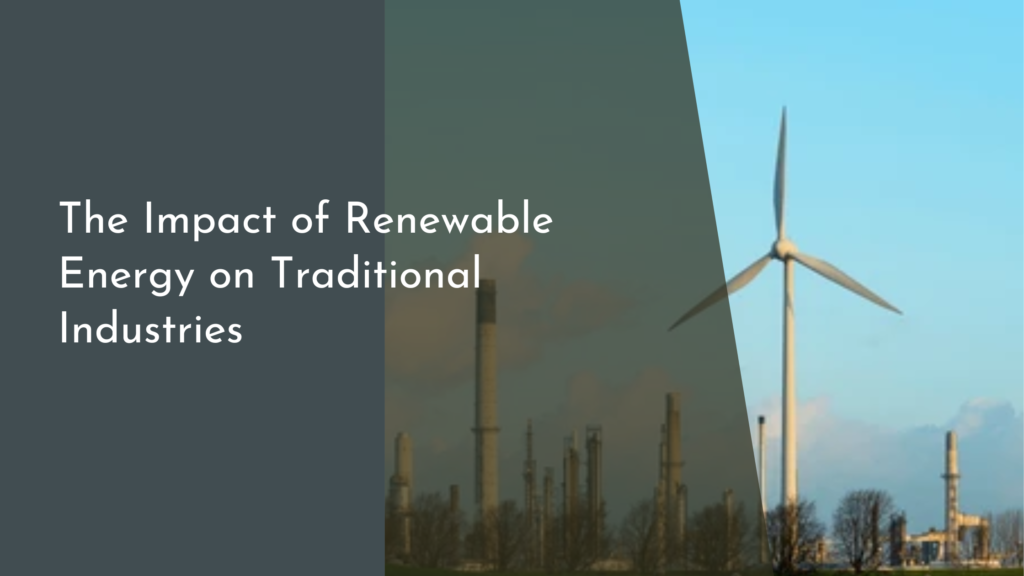Integrating Green Infrastructure into Urban Planning
Urban areas around the globe are rapidly expanding, and with this growth comes a pressing need for sustainable development. Integrating green infrastructure into urban planning provides a promising avenue to address this challenge. Green infrastructure encompasses a variety of natural and engineered systems designed to manage water, improve air quality, and enhance urban living. In this article, we will explore the concepts of green infrastructure, its benefits, strategies for effective integration, and ways to overcome challenges commonly faced in its implementation.
Understanding Green Infrastructure Concepts
Green infrastructure refers to a strategically planned and managed network of natural and semi-natural areas that aim to provide a wide range of ecosystem services. It includes components like parks, green roofs, rain gardens, and urban forests, each playing a role in enhancing environmental health and urban resilience. Unlike gray infrastructure, which focuses on single-purpose solutions like roads and sewers, green infrastructure is multifunctional, providing benefits that cut across various domains such as environmental conservation, urban aesthetics, and public health.
The concept of green infrastructure is rooted in the idea of working with nature to create more sustainable urban environments. It emphasizes the interconnectedness of environmental systems and the importance of preserving and mimicking natural processes within urban settings. By incorporating elements like permeable pavements, bioswales, and tree canopies, cities can mitigate issues such as flooding and urban heat, while promoting biodiversity and improving the overall quality of life for residents.
Benefits of Urban Green Infrastructure
Integrating green infrastructure into urban planning offers a multitude of benefits. Firstly, it plays a crucial role in managing stormwater, reducing the risk of flooding, and minimizing water pollution. By harnessing natural processes to absorb and filter rainwater, green infrastructure reduces the burden on existing drainage systems and mitigates the impacts of heavy rainfall, which are becoming increasingly common due to climate change.
Beyond environmental benefits, green infrastructure also enhances social and economic well-being. Urban green spaces can significantly improve air quality, reduce noise pollution, and provide recreational opportunities that enhance community health and cohesion. Moreover, these green spaces often increase property values and attract businesses, contributing to the economic vitality of urban areas. By creating aesthetically pleasing and functional environments, green infrastructure makes cities more livable and attractive to both residents and visitors.
Strategies for Effective Urban Integration
To effectively integrate green infrastructure into urban planning, comprehensive and forward-thinking strategies are essential. One key approach is to incorporate green infrastructure into the earliest stages of urban development projects. This requires collaboration among urban planners, architects, engineers, and environmental specialists to ensure that green elements are not an afterthought but a core component of the design process.
Another important strategy is to leverage policy and regulatory frameworks that support the adoption of green infrastructure. This could involve revising zoning laws to incentivize green roofs, offering tax breaks for developments that include sustainable features, or establishing standards for permeable surfaces in new constructions. Such policies can encourage private sector participation and ensure that green infrastructure is a priority in urban development.
Overcoming Challenges and Finding Solutions
While the benefits of green infrastructure are clear, there are challenges that must be addressed to ensure successful implementation. One major hurdle is securing adequate funding for green infrastructure projects. Innovative financing strategies, such as public-private partnerships, green bonds, and community fundraising, can provide the necessary resources and engage various stakeholders in the process.
Another challenge lies in the need for technical expertise and public awareness. Cities can overcome this by investing in training programs for professionals involved in urban planning and by conducting public education campaigns. By raising awareness of the benefits and functionalities of green infrastructure, communities can foster a culture of support and engagement, ensuring long-term success and maintenance of these vital systems.
As cities continue to grow and face environmental challenges, the integration of green infrastructure becomes increasingly important. By understanding its concepts, embracing its benefits, and strategically implementing solutions, urban planners can create cities that are resilient, sustainable, and vibrant. The journey to greener cities may be complex, but with collective effort and innovative thinking, it is entirely achievable. By overcoming obstacles and embracing sustainable practices, we can build urban environments that not only meet the needs of today but also preserve resources and opportunities for future generations.

